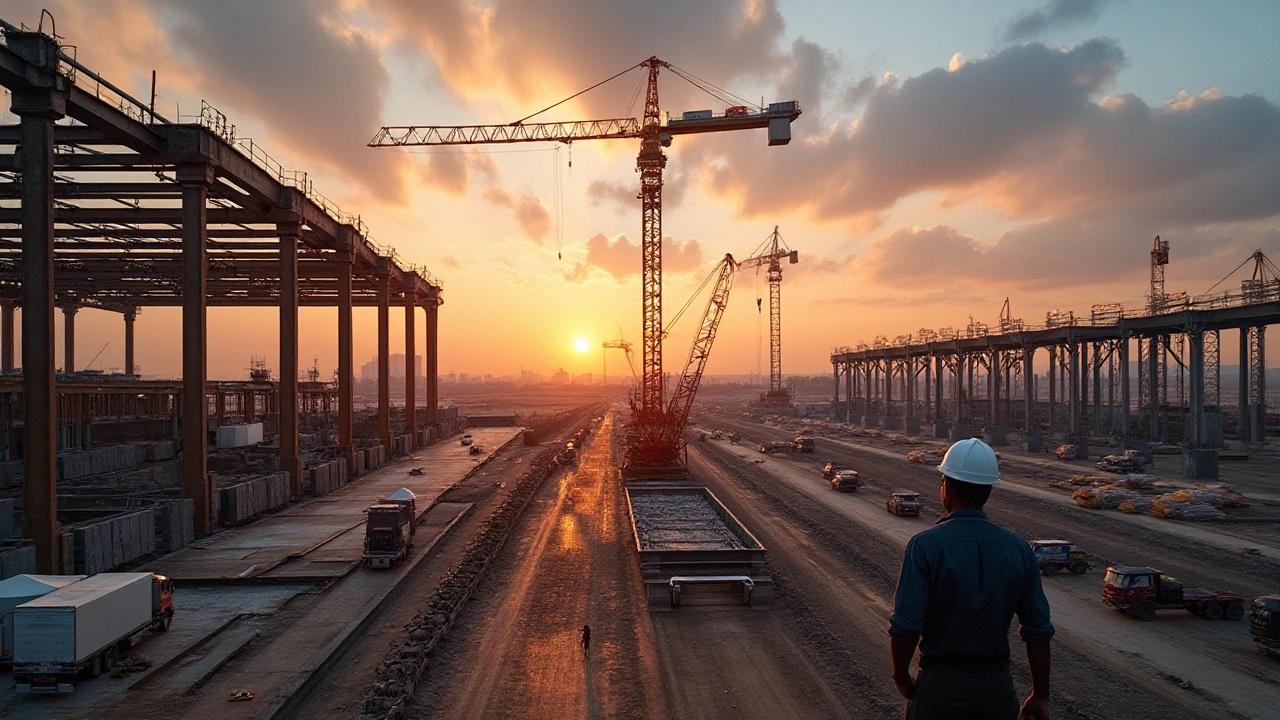Warehouse Builders: How to Turn a Plot into a Functional Storage Space
Thinking about setting up a new warehouse? You’re not alone. Many businesses need a solid space to store goods, and the difference between a smooth operation and a daily headache often starts with how the building was put together. In this guide, we’ll walk through what warehouse builders actually do, what questions you should ask, and how to keep the project on budget.
What Does a Warehouse Builder Do?
A warehouse builder is more than a contractor with a hard hat. They specialize in structures that handle heavy loads, high traffic, and fast loading‑unloading cycles. From laying the foundation to installing the overhead crane, every step is planned for durability and efficiency. They also handle things like insulation for temperature‑controlled zones, fire safety systems, and the floor layout that makes picking items fast.
Key Things to Look for Before You Hire
Experience in your industry. A builder who’s only done office spaces may miss critical details like dock height or racking weight limits. Ask for examples of past warehouses similar to yours.
Clear cost breakdown. Look for a quote that separates site prep, structural work, electrical, and finishings. Hidden fees pop up later if the estimate is vague.
Timeline transparency. Building a warehouse can take months, especially if you need permits. A good builder will give you milestone dates and flag possible delays.
Safety record. Construction sites are risky. Check their safety certifications and past incident reports. A clean record usually means they follow best practices.
Now that you know what to check, let’s talk about the design basics that make a warehouse work.
Design Basics That Boost Efficiency
First, think about the flow of goods. Most warehouses follow a "receiving → storage → shipping" path. Place docks on the same side or opposite sides to minimize travel distance. Wide aisles (at least 12‑14 feet) let forklifts turn easily, while taller ceilings (20‑30 feet) let you stack more pallets.
Second, consider future growth. A modular design lets you add extra bays without tearing down walls. Many builders recommend leaving space for additional racking or even a mezzanine level if you anticipate expansion.
Third, don’t forget lighting and ventilation. Good LED lighting reduces energy bills and makes it safer for workers. Proper ventilation keeps the temperature stable, which is crucial if you store temperature‑sensitive items.
Managing Costs Without Cutting Corners
Budgeting for a warehouse is a balancing act. Steel frames are durable but can be pricey; wood framing may be cheaper but might not hold up under heavy loads. Talk to your builder about hybrid solutions that meet strength needs without overspending.
Ask about bulk‑order discounts for materials like concrete and steel. Some builders have relationships with suppliers and can pass savings on to you. Also, schedule construction during off‑peak seasons; labor rates can be lower, and you might get faster permit approvals.
Finally, keep a contingency fund—about 10‑15% of the total budget—for unexpected issues like soil problems or design tweaks. That cushion prevents nasty surprises that could stall the project.
Wrap‑Up: Your Next Steps
Start by listing your warehouse needs: size, load capacity, climate control, and timeline. Then, reach out to a few reputable warehouse builders, request detailed proposals, and compare them side by side. Ask for site visits to see their previous work in person.
When you pick a builder, stay involved. Regular check‑ins, clear communication, and a shared project schedule keep everything on track. With the right partner, your new warehouse will be ready to support your business growth for years to come.
